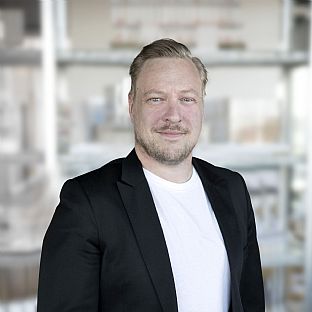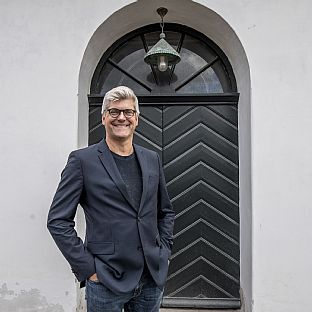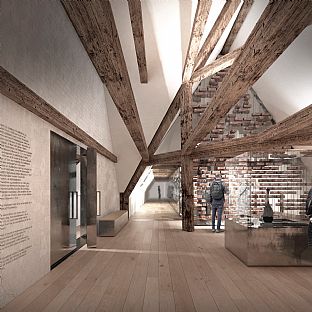Staldgården has a history of more than 600 years and bears the marks of various users and purposes over time. The stables were originally built for the royal castle Koldinghus, which has recently been renovated under the leadership of Inger and Johannes Exner. Over time, the building complex has housed a stable for the military, Gestapo headquarters, and a job centre. Now, the building is set to be opened to the public and, together with Koldinghus, form a building complex that is a historical landmark, a vibrant meeting place for the local community, and a dynamic centre for education, knowledge, and visitor experiences for all.
"We want to invite citizens and guests into Staldgården and create a framework for encounters with cultural history – encounters that activate the museum's collection, research, and communication. It is an ambition for Staldgården to become a cultural powerhouse in the city, supporting collaboration with both local, national, and international actors and providing relevant communication, knowledge, and experiences for everyone," says Rune Lundberg, museum director for Museum Kolding.


